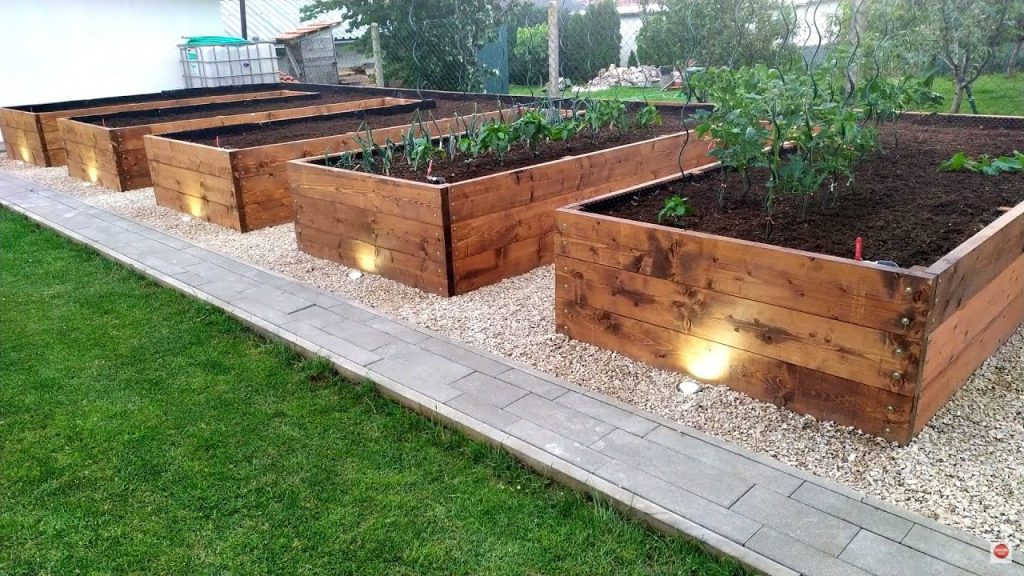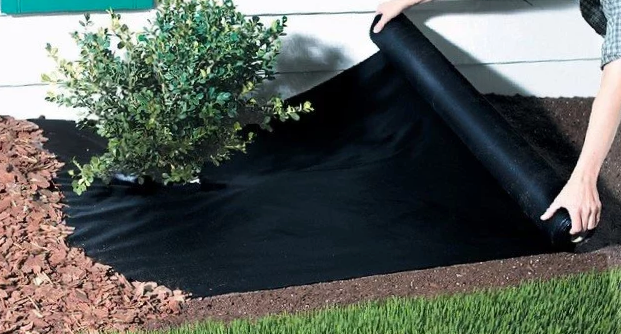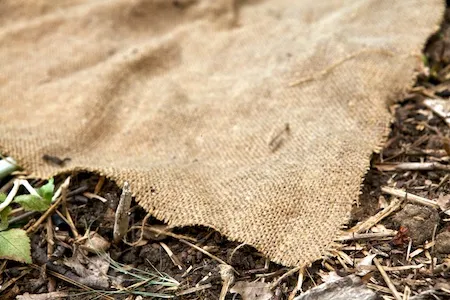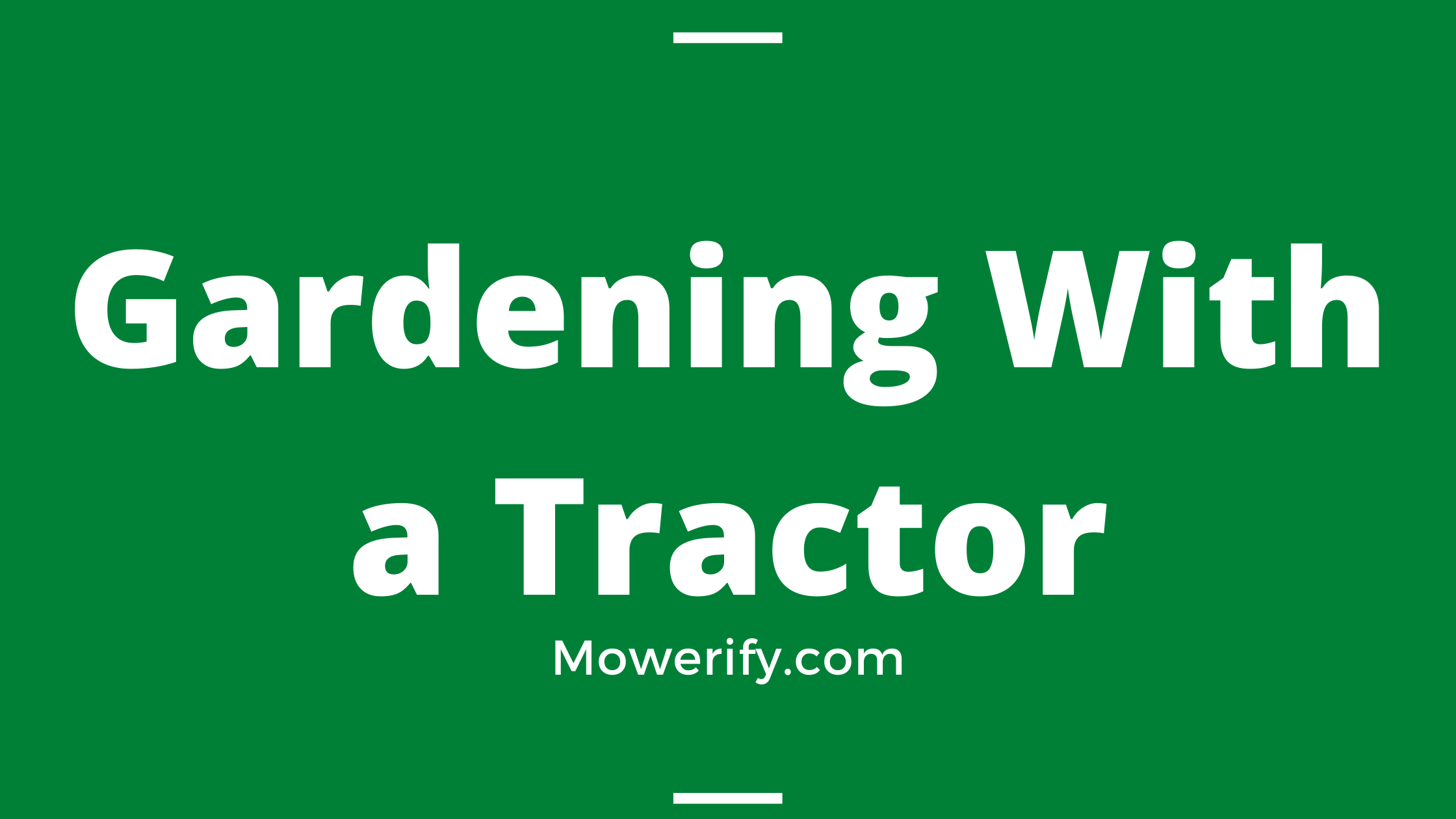

Who does not like a lush green garden outside their house? But it is not easy. Especially for beginners. Most people do many things wrong like- planting directly on the ground without knowing the disadvantages. That is why it is important to have a raised bed for the garden. Raise beds refer to garden areas that are raised from 2 or 3 feet above the soil level. It can simply be a rectangular patch or built with materials that are more elaborate.
What do I Put on the Bottom of a Raised Garden Bed?
However, raised beds can provide a number of advantages like- deterring the growth of weeds and improving the soil quality in which plants will grow. If you have a hard time working with your soil or would like to reduce the amount of effort it takes to produce vegetables, a raised bed garden is an excellent option. To help you with gardening, in this article we are going to discuss what you should put on the bottom of a raised garden bed.
10 Things to Put on the Bottom of a Raised Garden Bed
By growing your plants in raised beds, you are able to maintain soil health. In gardening, a raised garden bed refers to excess soil that is mounded or enclosed above ground level. The purpose of a raised garden bed is to create deep, wide planting areas to encourage outward expansion of plant roots. The nutrients in organic material can even be added to the raised garden bed and purchasing materials for edging, you can even build up the frame over the course of several years, so you end up with a substantial raised bed for relatively little money.
The materials you can put on the bottom of a raised garden bed are given below:
1. Newspaper
The bottom of your raised bed should be made up of newspaper, as this can be an affordable and convenient choice when it comes to choosing materials. To put newspaper on the bottom of your raised garden bed all you need to do is to put a few layers of newspaper on the bottom of your garden bed and then fill it up with soil. By doing this, you will get a barrier that will keep weeds out.
2. Cardboard
Cardboard is also a very common material for gardening. It is easy to find too. Grass and weeds can be blocked out by putting down cardboard, then soil or compost can be added on top. After that, mulch can be applied. Before you plant your new bed, leave it to break down for a little while, but with a little bit of cardboard and a little compost and then, you can transform an area of the grass into a beautiful garden.
3. Plastic
Even though plastic is not disposable material and you might think this is not something you can use for gardening, plastic serves a really good purpose for preventing weed. Unlike landscape fabric, landscape plastic does not allow any water to pass through, and that makes it great for preventing weed growth. Landscaping plastic also provides no drainage because there are no holes for water to pass through. Due to the weight of plastic, you should treat your raised beds like containers and choose a lighter soil mix such as potting mix to completely close them off.
4. Landscape Fiber


Lining the bottom of a raised bed with this fiber can help reduce weed growth. The landscape fiber has several advantages, including the fact that it discourages grass and weeds from growing. Raised beds can protect your grown food from weeds for nearly 10 years with the right kind of fiber. For putting landscape fiber on the bottom of a raised garden bed, you can get rid of any weeds or grass from the area and add layers of newspaper, cardboard, or landscape fabric, which will conceal anything that might grow in there.
5. Burlap


A burlap sheet attached to the bottom of a raised garden bed frame works very well for weed control. Landscape fabric can also be substituted by burlap sheets. There will be many years before it decomposes, but it won’t last as long as landscape fabric. Because the threads between burlap are spaced so far apart, water can easily pass through it. Using burlap will benefit your raised bed in that it will provide better drainage.
6. Gopher Wire
In your garden bed, you can always keep pests out using gopher wire around the bottom. Using gopher wire does not affect drainage in any way. The gopher wire that you use for lining raised beds, making gopher baskets, etc is stainless steel or double galvanized for extreme durability. Pests may be kept away from your garden by the gopher wire, but an effective weed barrier is not necessarily included. The chicken wire in your raised beds will rust, allowing gophers to seep into them in no time.
7. Compost
Compost is an excellent amendment you can use to improve the soil. You can mulch the compost after using it to improve its quality. If you want to top off the bed with more mulch after your plants are up, you should do so immediately. In the spring, manure should be applied about two weeks before seeding. If you are adding compost to a garden without quality topsoil, add 4 to 6 inches of compost to a raised bed. If you are adding compost to a garden that does not have adequate organic matter, add 6 inches to 8 inches of compost.
8. Worm Castings
Many factors contribute to the health of soil and plants when worms are included in the garden. Castings or worm poop, produced by garden worms, fertilizes the soil by eating organic matter. Plants can absorb nutrients from worm castings. Garden worms tunnel in the soil to help allow water to penetrate.
This loosens the soil so water can flow through it. Earthworm castings can be added to raised garden beds at a rate of 1/4 to 1/2 cup per 100 square feet. Add the castings to the surface during planting. They are best incorporated into the top few inches of soil when planting. Last but not the least, when plants set buds and fruit, provide your garden with extra castings.
9. Stone
If you have a shortage of choice on the materials to put on the bottom of a raised garden you can use stones, rocks, or even pebbles, which can serve as alternatives. One of the most unique options is this one since rocks won’t decompose and can act as a barrier forever. A layer of stones or pebbles can be applied over concrete slabs before the soil is added. Although stones and rocks are almost impossible to decompose, they suffer from some significant disadvantages that will make some people turn to other options.
You can actually increase the saturation level of your soil by adding rocks at the bottom of your raised beds by creating an artificial water table. By trapping water beneath your soil, your buried rock layer increases your chances of experiencing fungal growth and root rot. For this reason, you should keep rock as the least desirable material for a raised garden bed.
10. Wood
Building plant boxes with wood is a very common choice because it’s relatively inexpensive, readily available, and lasts for a long time. Nevertheless, when selecting a source for your soil, it is vital that you select an eco-friendly source that is both affordable and long-lasting. A garden bed made of cedarwood is the best material because its natural properties make it resistant to rot.
If you decide to build your raised beds on the ground, make sure that the wood you use is ground-contact pressure-treated because it will offer greater protection against rot and insects than wood that is in contact with the ground. If wood is exposed to moisture, soil, and insects, it can rot in three years. There are also some types of wood that are better suited to raised beds. So you must choose the wood for your raised garden bed very carefully.
Related Article: Gardening With a Tractor
Final Words
I hope you now have a better understanding of what you should put at the bottom of a raised garden bed. It is your decision to determine which option is best for you among a wide range of options that all have advantages and disadvantages. No matter what you decide, however, gardening directly in the ground will always have many advantages when compared to gardening in raised beds. Even though raised beds are not necessary for every garden, they can be extremely useful when used correctly.
